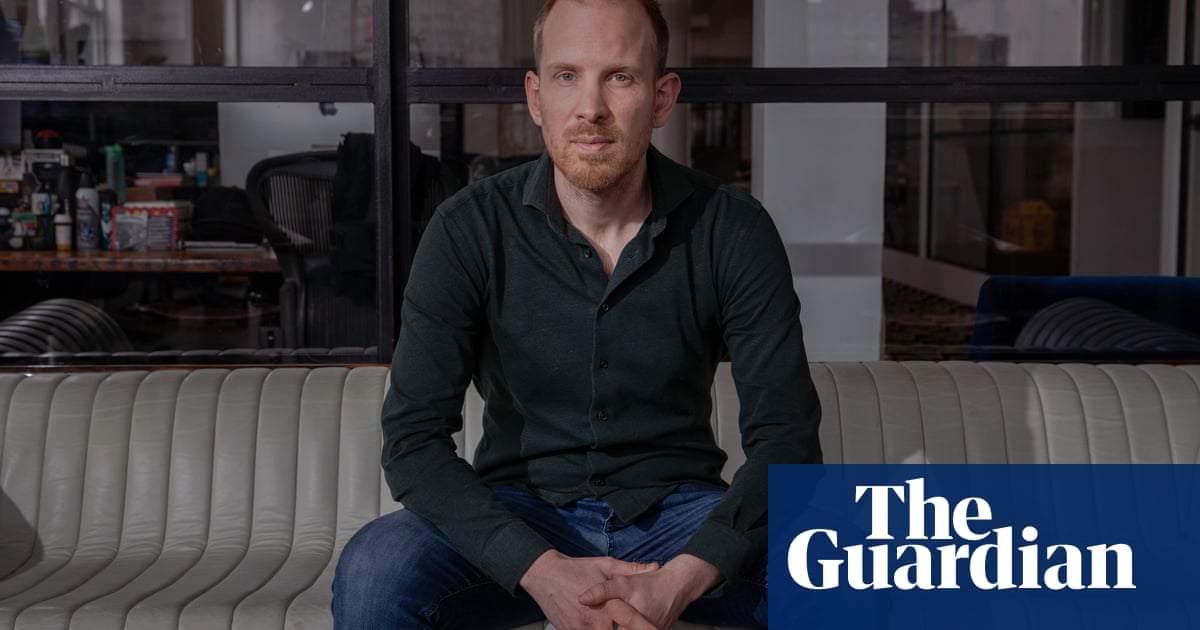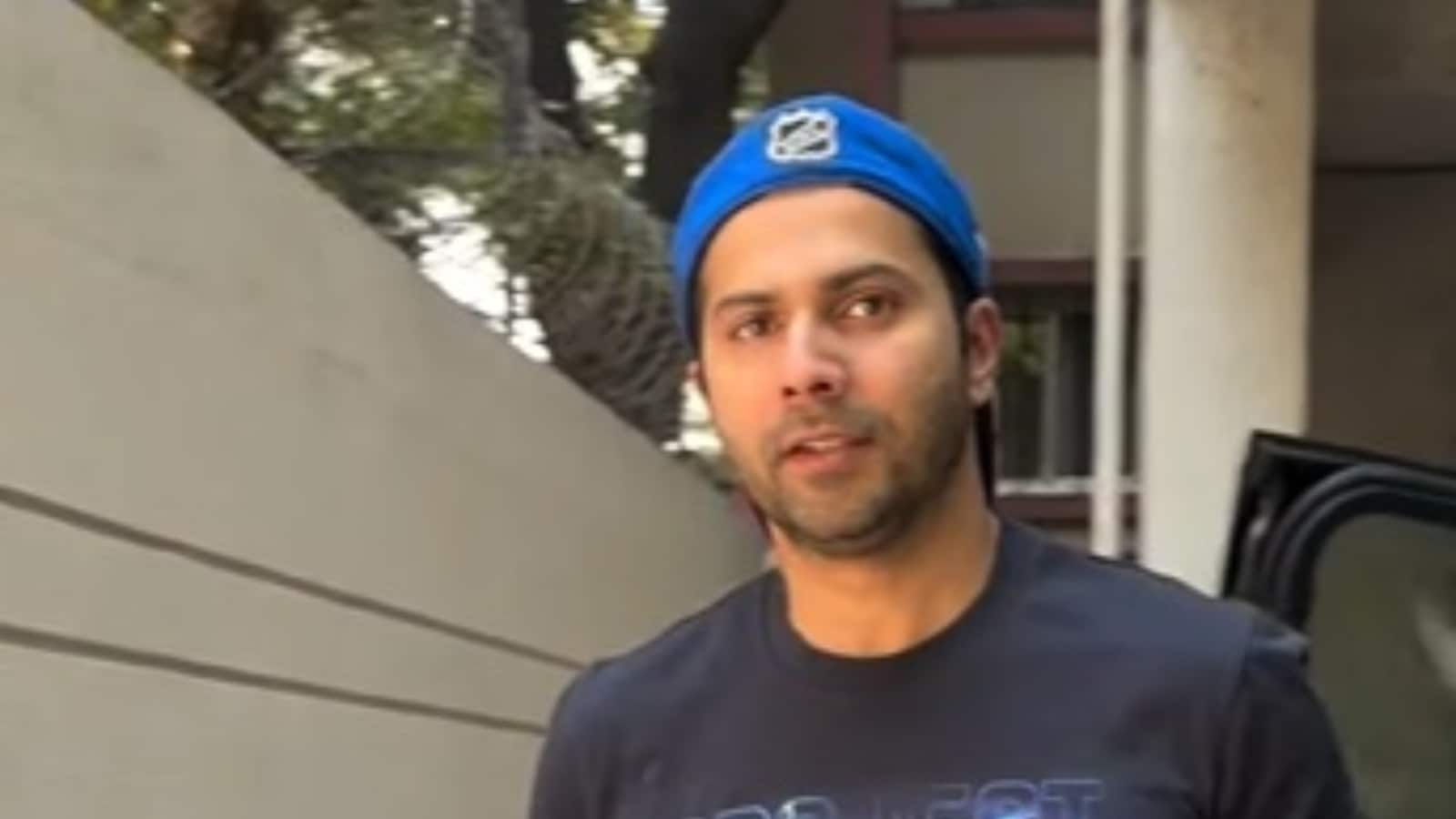Switzerland's contribution to psychiatry

From Jung to psychedelics: a timeline of Switzerland’s contributions to psychiatry The 'insanely normal' exhibition at the Basel Historical Museum runs until June 29, 2025, and tells the story of psychiatry in Basel over the last 150 years. © Mark Niedermann/Historisches Museum Basel Listen to the article Listening the article Toggle language selector Select your language Close English (US) English (British) Generated with artificial intelligence. Close Share From the synthesisation of LSD to the commercialisation of antidepressants, Switzerland has played a key role in the understanding and treatment of psychiatry. 9 minutes Aylin Elçi From innovative treatments to unequal access to medicine, I cover health topics and keep an eye on Switzerland's Health Valley. I'm Swiss-Turkish, and have a background in communications, journalism and photography. Before joining SWI swissinfo.ch, I covered technology and health at Euronews, and my work has been featured in international outlets including Fayn Press, Mediapart, Le Temps and Times of Malta. Other language: 1 EN original Русский ru От Юнга до психоделиков: хронология вклада Швейцарии в психиатрию Read more: От Юнга до психоделиков: хронология вклада Швейцарии в психиатрию Mental health disorders have been picked apart ever since Greek physician and philosopher Hippocrates suggested around 400BC that “four humours” – blood, phlegm, yellow bile, and black bile – affected human personality. In the Middle Ages, these conditions were considered a manifestation of the devil and treated with exorcism. It was not until the 16th century that a Swiss physician, Paracelsus, advocated for the treatment of these disorders as medical conditions. Today, doctors use antidepressants, psychotherapy, electricity and psychedelics to treat psychiatry patients – all substances and methods with which Switzerland has a close history. Early 1900s: The rise of psychotherapy Austrian neurologist Sigmund Freud establishes himself as the father of psychoanalysis, a speaking therapy which draws from the patient’s unconscious. Freud and Jung were collaborating until the latter pursued his own path. Here in a photo in front of Clark University, dated 1909. Front row: Sigmund Freud, G. Stanley Hall, C. G. Jung; Back row: Abraham A. Brill, Ernest Jones, Sándor Ferenczi. Creative Commons A couple of years later, his one-time mentee, Swiss psychiatrist Carl Gustav Jung, breaks their friendship to pursue his own theory, analytical psychology. His work inspired the Myers-Briggs Type Indicator (MBTI), a test developed in 1943 and still used today to determine a person’s personality. 1908: Swiss psychiatrist Eugen Bleuler coins the term schizophrenia and separates it from other psychotic disorders. More More Reviewing the legacy of racist scientists This content was published on Swiss psychiatrist Eugen Bleuler coined terms such as schizophrenia and autism. He also believed “mental and physical cripples” should be sterilised. Read more: Reviewing the legacy of racist scientists 1912: MDMA or 3,4-Methylenedioxymethamphetamine, is synthesised for the first time by German chemist Anton Köllisch for the pharmaceutical company Merck. The compound is first developed to help blood to clotExternal link. It is then shelved until the drug, also known as ecstasy, makes a comeback in the latter half of the century, mostly in nightclubs. 1921: Swiss psychiatrist Hermann Rorschach develops a test to assess a person’s personality by analysing their perception of ambiguous ink stains. One of Rorschach’s ink stains. Creative Commons 1935: Lobotomy, a controversial method which surgically cuts connections in the brain, is introduced by Portuguese Egas Moniz to treat schizophrenia and severe depression. Moniz is awarded the 1949 Nobel Prize in Medicine for this invention, which has since been discreditedExternal link. “When ECT was developed, there were nearly no other treatments in psychiatry, so for some patients, it was a miracle to be able to treat them at all.” Annette Brühl, chief physician and deputy director of the adult clinic at the Basel University Psychiatric Clinics (UPK). 1938: Ugo Celleti invents electroconvulsive therapy (ECT), a neuromodulation method that uses electricity to modify the brain’s connections. About a year later, the method is applied outside its native Italy in PsychiatrieZentrum Münsingen, near the capital Bern, one of the first instances of its use in the world. November 1938: LSD is synthesised in Basel. As part of a broader research effort to develop a respiratory stimulant from a fungus that grows on rye and other grains, Swiss chemist Albert Hofmann synthesises Lysergic acid diethylamide (LSD) in a Sandoz laboratory in Basel. The drug’s psychedelic effects won’t be discovered until later. April 19, 1943: Bicycle Day. Hofmann ingests LSD and takes the world’s first acid trip on a bike ride back from the lab to his home. Today, psychedelics are globally celebrated on this date. 1950s: The development of psychopharmacology The first antipsychotic drug was commercialised under the brand name Thorazine in the US. Creative Commons The movement to use medication to treat mental disorders takes off with the invention of chlorpromazine for schizophrenia. The first antipsychotic drug is invented in France in 1950 and commercialised under the brand name Largactil in Europe. 1952: The world’s first antidepressant. During a trial to treat tuberculosis, doctors at Sea View Hospital in New York notice the uplifting effects of iproniazid, which becomes the world’s first antidepressant. It is able to block enzymes that break down serotonin and norepinephrine (molecules created by neurons and which regulate behaviour, mood, and attention). 1956: Swiss company Geigy (now part of Swiss pharma giant Novartis) tests imipramine for schizophrenia and instead finds it improves the mood of patients suffering from depression. The drug, which is marketed as Tofranil, increases serotonin and norepinephrine and becomes the most popular antidepressant until the 1990s. 1958: Hofmann synthesises the psychedelic compound psilocybin from a Mexican “magic mushroom”External link. 1960s: Australian psychiatrist John Cade discovers that lithium stabilises mood in patients with bipolar disorder. Thirty years later, Kurt Cobain, the frontman of the grunge band Nirvana, sings “I’m so happy ’cause today I found my friends, they’re in my head”, in a song named after the drug. 1962: Ketamine, an anaesthetic with psychoactive effects, is synthesised by American chemist Calvin Stevens working at Parke-Davis (now part of Pfizer). 1962-1963: ECT in media The descriptions of ECT in books (and later films) such as The Bell Jar by Sylvia Plath and One Flew Over the Cuckoo’s Nest by Ken Kesey shock the public and give the therapy a bad press. External Content 1963: Roche launches anxiety-reducing drug Valium. Based on benzodiazepines, which enhance a neurotransmitter known for slowing brain activity, Valium becomes the most prescribed medication in the United States in the 1970s. American company Upjohn – now part of Pfizer – introduces a similar pill, known as Xanax, in 1981. Late 1960s-early 1970s: the war on drugs Timothy Leary in his Beverly Hills home in July 1992. KEYSTONE/AP Photo/Mark Terrill Sandoz stops selling LSD in 1965, but a counterculture movement headed by psychologist Timothy Leary preaches its recreational use. In 1969, Richard Nixon is elected president and declares a war on drugs. Research on psychedelics mostly stalls. 1985: Transcranial magnetic stimulation (TMS) is invented by British medical researcher Anthony Barker. The method involves a racquet-like device that emits a magnetic field over a patient’s head to modify the brain’s connections. TMS is increasingly being used around the world for treatment-resistant depression and other conditions, such as obsessive-compulsive disorder. More More Electric touch: neurostimulation’s comeback in psychiatry This content was published on Faced with a lack of breakthroughs in treating mental health disorders, older methods such as electrical-based therapies are experiencing a revival. Read more: Electric touch: neurostimulation’s comeback in psychiatry 1980s-1990s: New antidepressants Medication blocking the re-absorption of serotonin (SSRI) or serotonin and norepinephrine (SNRI) are developed, and include brands like Prozac and Zoloft by American pharma companies Eli Lilly and Pfizer. SSRIs and SNRIs are still the most widely used antidepressants today. 1990s: Advancements in neuro-imaging methods like MRI improve the understanding of psychiatry. More More Switzerland is home to Europe’s only psychedelics treatment This content was published on Doctors at Swiss hospitals and private practices are turning to alternative methods such as psychedelics. But the therapies are costly, rare and sometimes informal. Read more: Switzerland is home to Europe’s only psychedelics treatment 2010s: Big pharma leaves neuroscience External link “More and more of the pharmaceutical sector began leaving the mental health area and investing in what might have been seen as more promising and more profitable directions,” says Anne Harrington, the Franklin L. Ford Professor of the History of Science at Harvard University. 2011: The Swiss Federal Act on Narcotics and Psychotropic SubstancesExternal link is amended in 2008 to authorise the use of psychedelics for “scientific research, the development of medicinal products or for restricted medical use”. Doctors can apply for authorisation to treat patients not only with LSD, MDMA and psilocybin, but also with medical heroin. “The field of ECT is starting to get rid of bad ideas and to be replaced by a new generation that is more open. There are unknowns and assumptions, but society is more ready to try this therapy.” Kevin Swierkosz-Lenart, head of the interventional psychiatry unit at the Lausanne University Hospital (CHUV). 2010s: ECT makes a return after 50 years. Electroconvulsive therapy is conducted with full-body anaesthesia, muscle relaxant and oxygenation. 2019: American company Johnson & Johnson commercialises a form of ketamine under the brand name Spravato for patients suffering from depression. 2022: Geneva University Hospitals provide psychedelic-assisted psychotherapy. “It’s important to not think (the acceptance of these treatments) is just about progress and open mindedness. It’s also a story of necessity. And maybe of thinking outside the box, because the approaches we’ve been taking for so long have run into the sands”, says Harrington. More More Is psychedelic therapy about to go mainstream? This content was published on At the Geneva University Hospital, patients can benefit from the only psychedelic-assisted therapy offering in Switzerland. Are such treatments set to spread? Read more: Is psychedelic therapy about to go mainstream? August 2024: US rejects MDMA-assisted therapy. The US Food and Drug Administration, which has historically set the tone for medical approval in the rest of the world, requests that the group behind the application External linkfor approval “further study the safety and efficacy” of the drug. 2025: With still no clear diagnosis for many psychiatric conditions, and one in three patients not responding to anti-depressants, the field turns to digital mental health, including the introduction of AI-assisted toolsExternal link. Edited by Virginie Mangin/gw More Debate Hosted by: Aylin Elçi How are mental illnesses treated in your country? In Switzerland more people are being referred to electrical therapies or psychedelic-assisted psychotherapy. Are there similar approaches where you live? Join the discussion View the discussion In compliance with the JTI standards More: SWI swissinfo.ch certified by the Journalism Trust Initiative



















